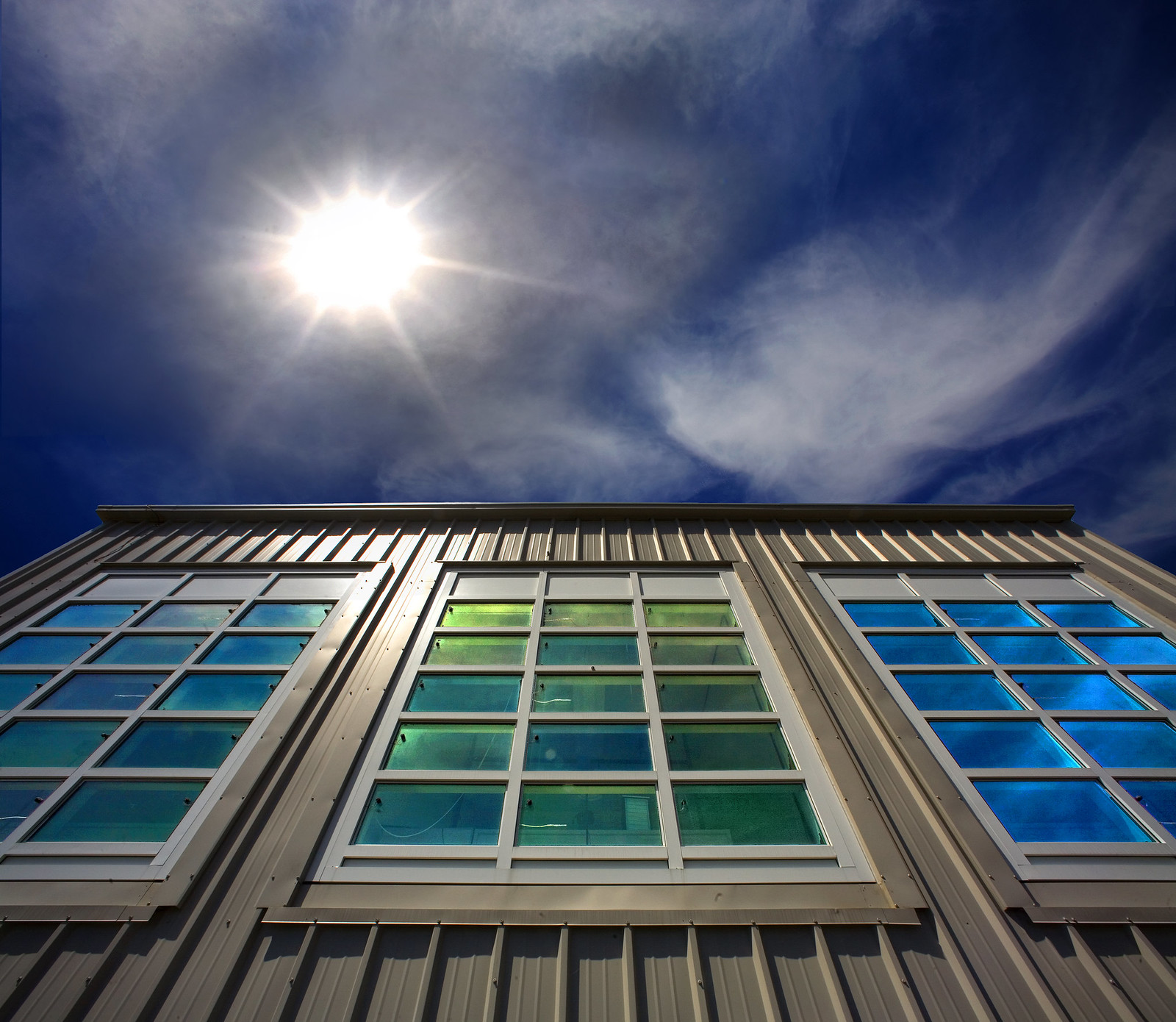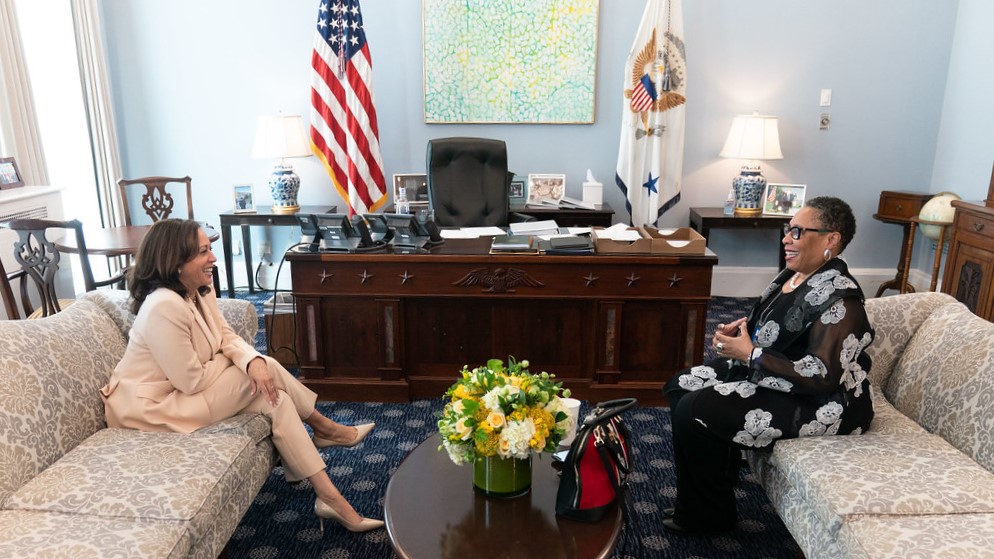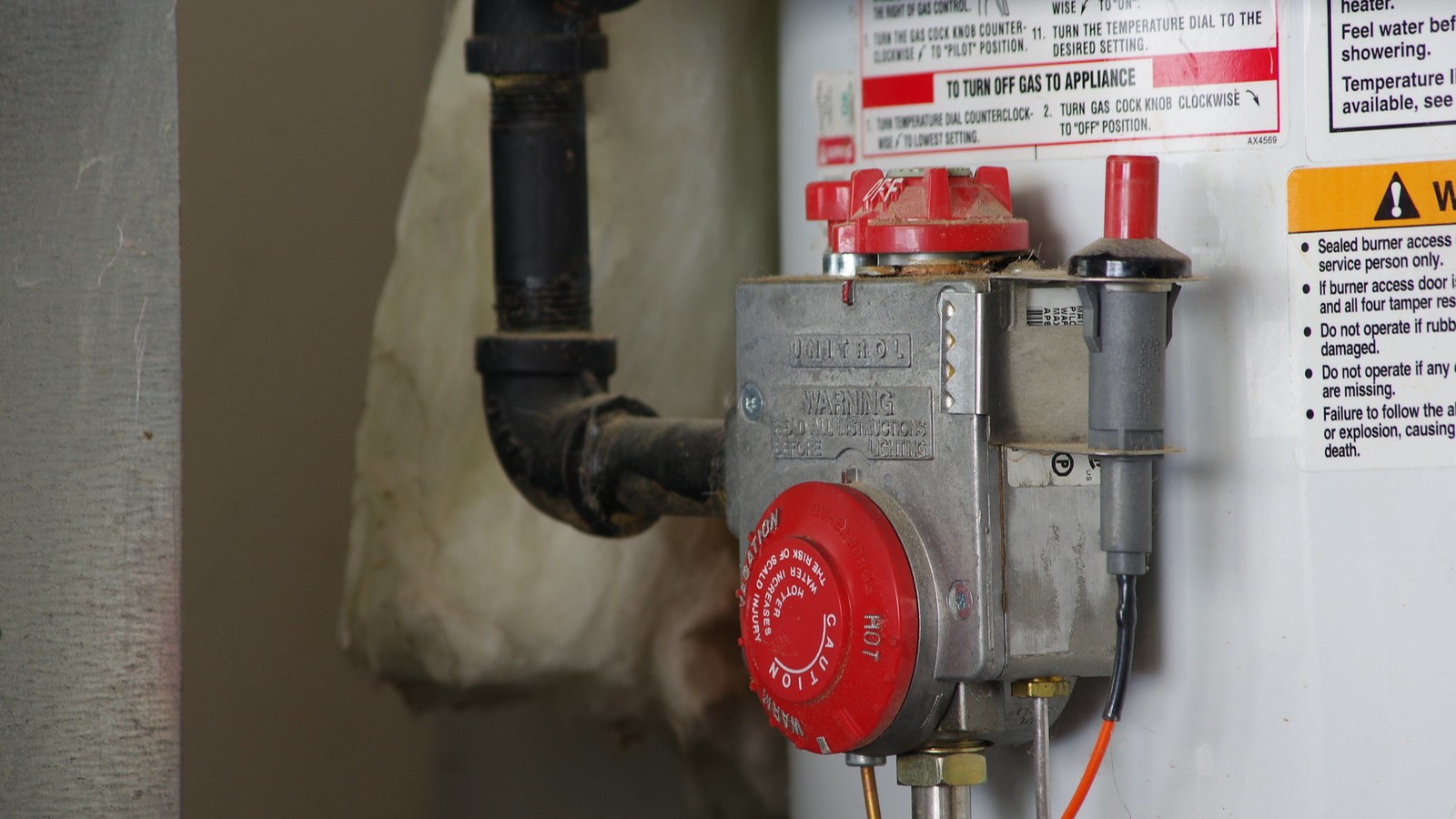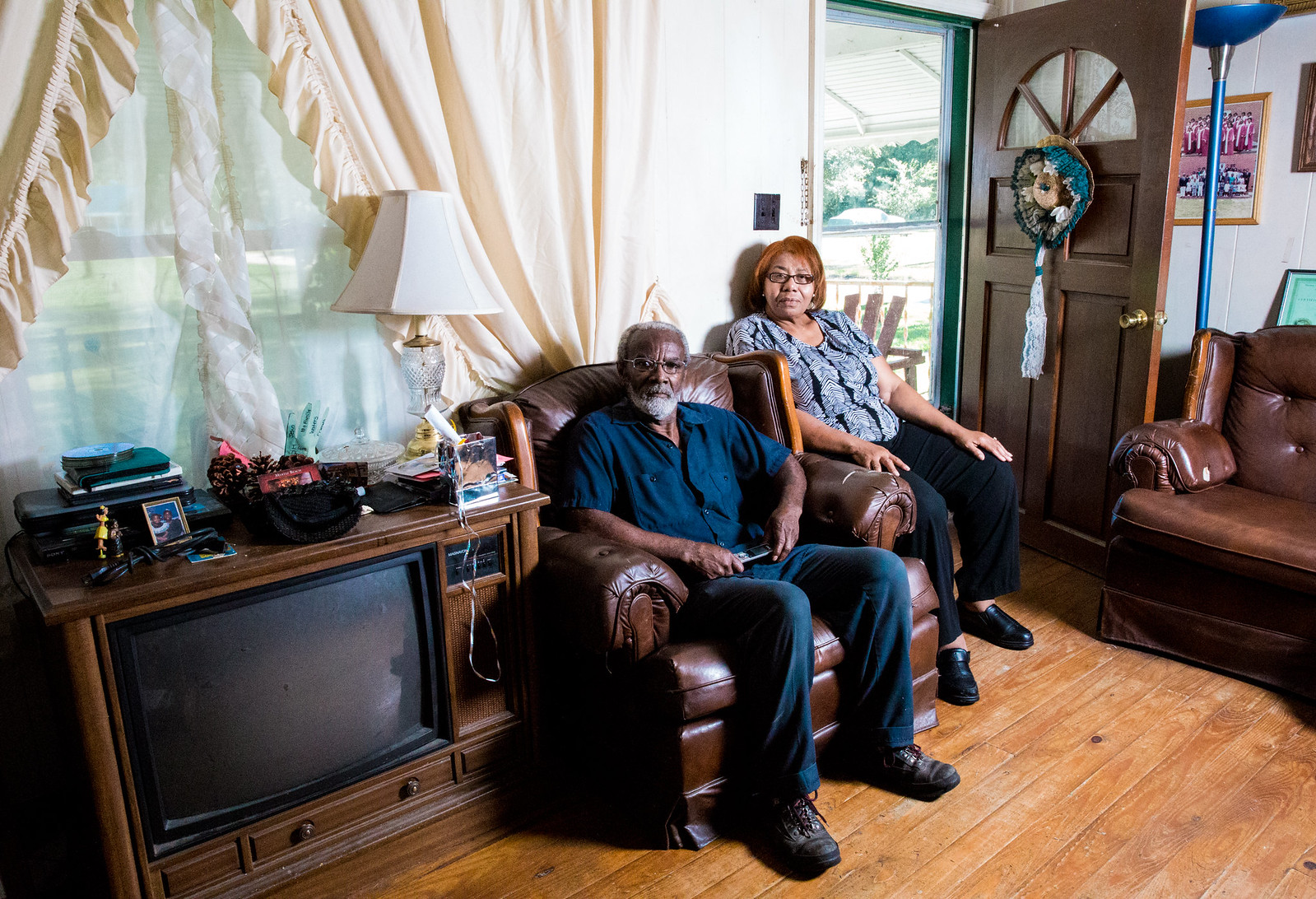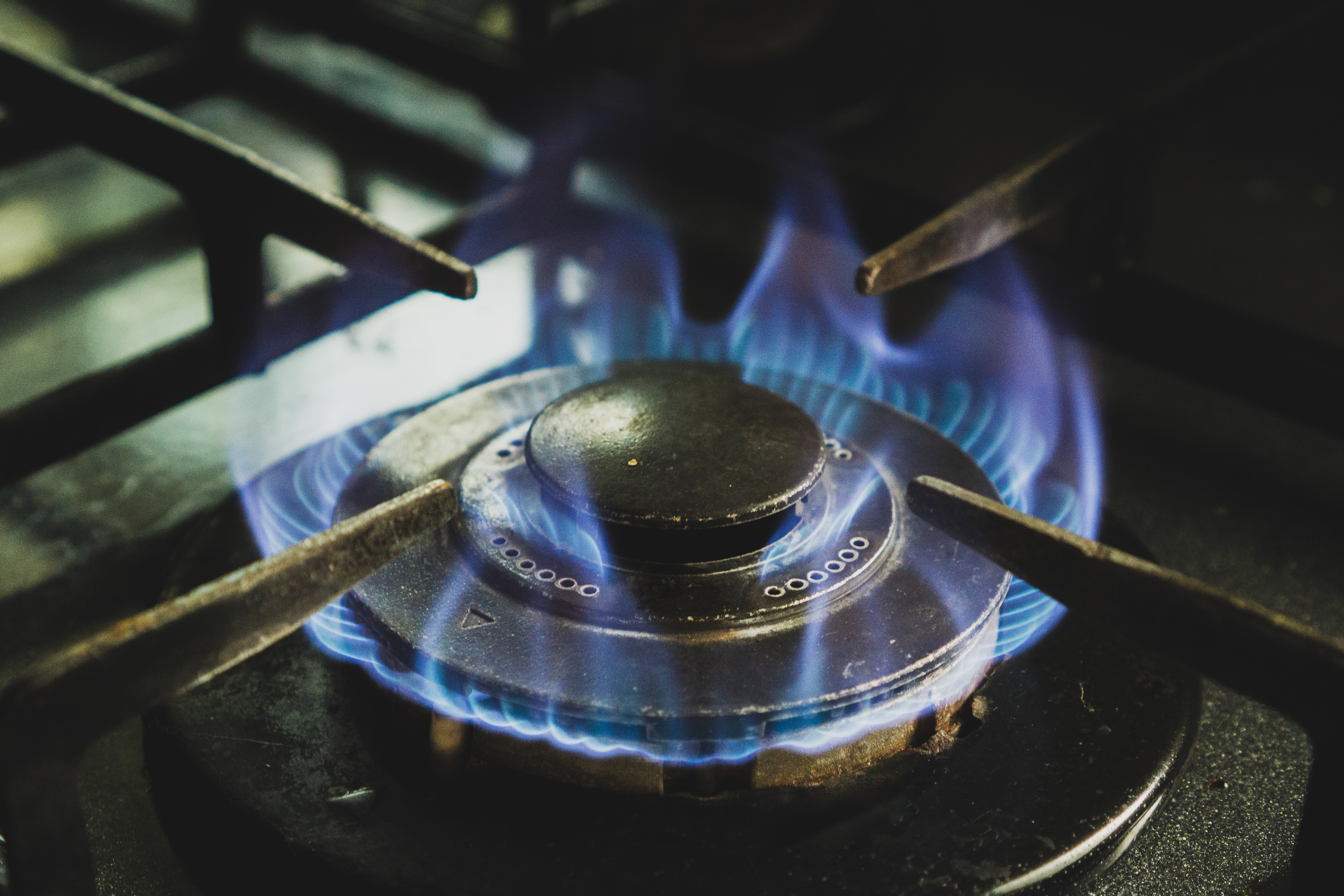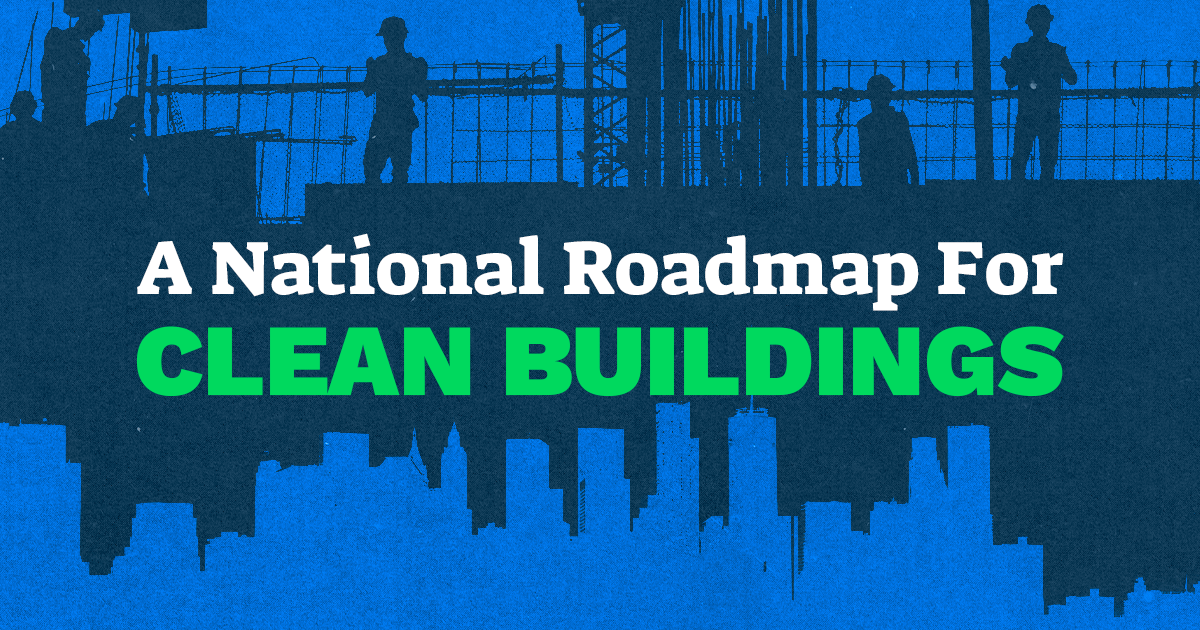|
UPDATE: The Department of Housing and Urban Development released the draft determination to update federal building codes on May 18th, 2023. The determination will allow HUD and its partner agencies to apply the most recent efficiency standards to federally-supported housing. Public comment is open until July 17. Submit a formal comment on the Federal Register and voice your support today. |
Buildings are a key part of our clean energy transition. They are the places we live, where we work, where we socialize, and where we rest—and they are also to blame for one-third of global greenhouse gas pollution, using a whopping 40 percent of our global energy. Here in the U.S., buildings are one of the most polluting sectors of our economy—with combustion from fossil fuels for heating, cooking, and electricity contributing large volumes of the pollution that’s warming our planet and poisoning our health.
Fortunately, the Department of Housing and Urban Development (HUD) has a little-known regulatory tool that could set energy codes for one-fifth of all new houses—slashing carbon pollution, saving households thousands of dollars in energy costs, and improving public health.
This is not a trivial number of buildings: federal loans help finance about one-fifth of all new single-family homes purchased every month and one-eighth of new units in multifamily buildings—meaning a small change to the efficiency criteria translates into a massive cumulative impact on 20,000 new homes every month!
HUD cannot delay this process, as the clock is ticking on President Biden’s first term and there’s a dwindling period of time to avoid a Congressional Review Act window. So, why hasn’t HUD updated their energy code yet?
First, let’s break down how the federal government sets energy efficiency standards for homes.
The most affordable and easiest time to make a home efficient is when it’s first built. The government can ensure efficiency in new construction through building energy codes—standards regulating the energy efficiency of air sealing, insulation, and so on in new or majorly renovated buildings. And while building energy codes for new homes are generally set at the state or local level, the federal government sets national efficiency standards for a wide range of federally-supported homes, including many of those receiving grants and loans backed by HUD, U.S. Department of Agriculture (USDA), and the Department of Veterans Affairs (VA).
Raising the efficiency standards on federally-backed homes isn’t just a good idea—it’s law.
In 2007, Congress passed the Energy Independence and Security Act, which barred homes built below the 2006 International Energy Conservation Code (IECC) standards from receiving federal loan support through HUD or USDA. (The law separately held multifamily homes above four stories to ASHRAE Standard 90.1-2004, not the 2006 IECC.) The legislation ordered that federal agencies either write their own efficiency standards or review the IECC standards each time they’re updated—every three years—and adopt the latest codes.
Since this law was passed, the IECC has updated their model energy codes five times, but the administration has only updated them once, in 2015 under the Obama administration—and then only to the 2009 IECC and ASHRAE 90.1-2007 standards.
So, what can the government do to improve the current energy efficiency standards?
The IECC and ASHRAE last updated their model efficiency standards in 2021 and 2019, respectively, but the efficiency requirements of homes under federally-backed loans remains woefully out of date at the 2009 IECC and 2007 ASHRAE standards. Since states set energy codes for the majority of new construction, this is the only lever the federal government has to mandate meaningful change in how these kinds of buildings are built, and correspondingly, address the climate and public health impacts that follow suit.
